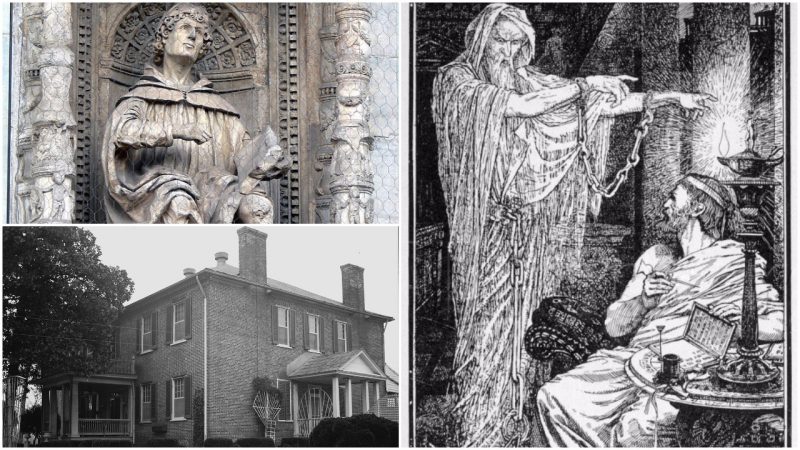Who doesn’t love a good story about ghosts or haunted houses? From the Bible to Macbeth and all the way to masterpieces like Henry James’ The Turn of the Screw in 1898 – all through the ages, stories that speak of paranormal activities have fed and shaped the human imagination.
The idea that the dearly departed remain with us, at least in the form of a ghost, apparently comfort us and nurture an idea of what might possibly come in the afterlife. Many surveys also confirm that people do actually believe in ghosts and find credible the reports that some places are haunted. For instance, a 2005 Gallup poll suggests that 37 percent of Americans and 40 percent of Britons believe that a house could be haunted.
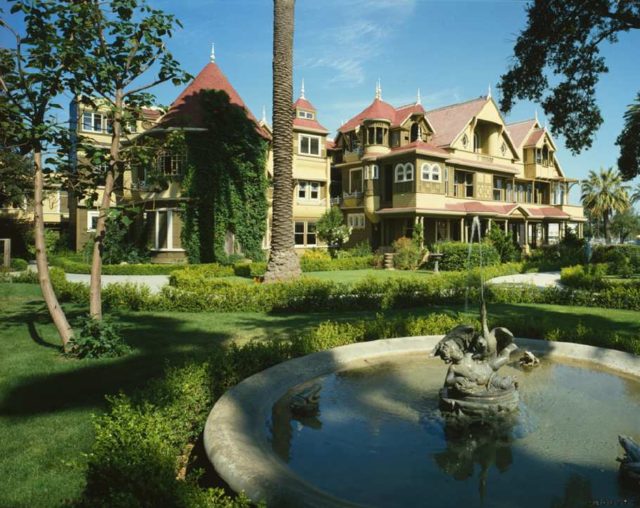
Parapsychologists have attributed the unexplainable phenomena to the spirits of the dead as a result of a particularly violent or tragic event that had happened at the haunted place. Others have attempted to provide more scientific explanations of the phenomena.
The prominent American skeptic and investigator of the paranormal, Joe Nickel, claimed that there is a reasonable explanation for each haunting phenomena, that all such occurrences can be credited to the power of suggestion and confirmation bias, noting “as a house, inn, or other place becomes thought of as ‘haunted,’ more and more ghostly encounters are reported.”
On the other hand, toxicologist Albert Donnay believes that hallucinations of the type associated with a haunted house can be caused by chronic exposure to substances like carbon monoxide, pesticide or formaldehyde.
So, what are the odds that gas lamps, which were very common during the Victorian era and at the start of the 20th century, are the reason for the increased reports and stories of ghostly sightings and haunted houses told and written in that period?
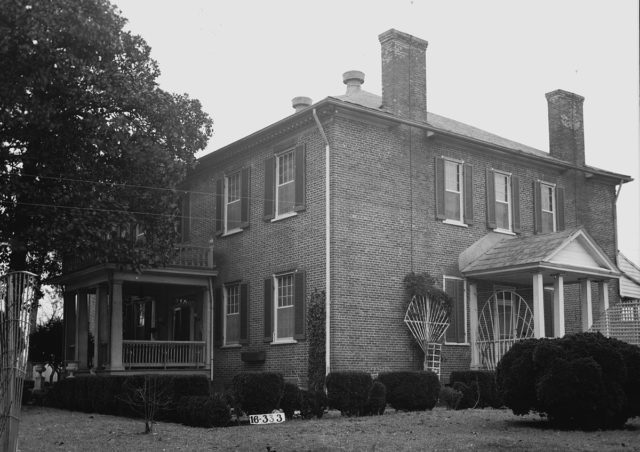
There are many questions that still remain open regarding such paranormal phenomena, but for now, we can at least satisfy ourselves in the knowledge that we know which was the earliest surviving report of a haunted house.The story takes us way back to the first century when Pliny the Younger writes in one of his letters about a haunted villa situated in Athens, Greece.
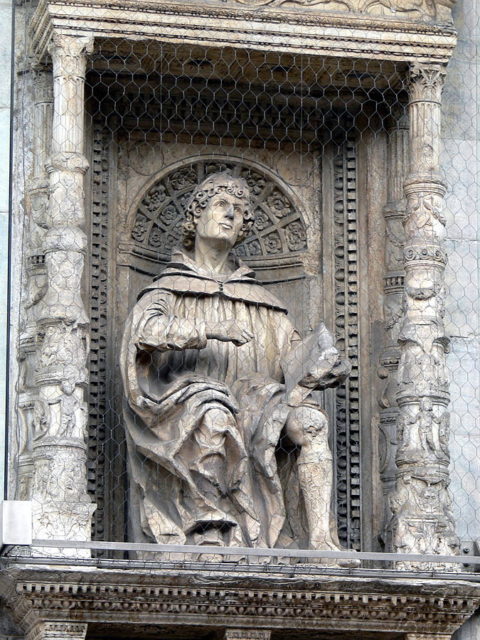
Pliny is a treasured historic figure, especially as he wrote hundreds of letters, many that have survived to this day and which serve us as a historic resource. Many of his letters are addressed to notable contemporaries, emperors, and figures such as the great historian, Tacitus. And among the bunch of letters, there is one which he addresses to his patron, Lucius Sura, and describes paranormal events in a haunted villa.
According to Pliny’s letter, nobody would live in the villa until the arrival in Athens of the philosopher Athenodorus (c. 74 BC – 7 CE). The philosopher looked for a house at an affordable rent, and he picked the supposedly haunted villa; apparently, he was not afraid at all. However, a ghost of an old man bound with chains appeared to Athenodorus on the first night of his stay in the house.
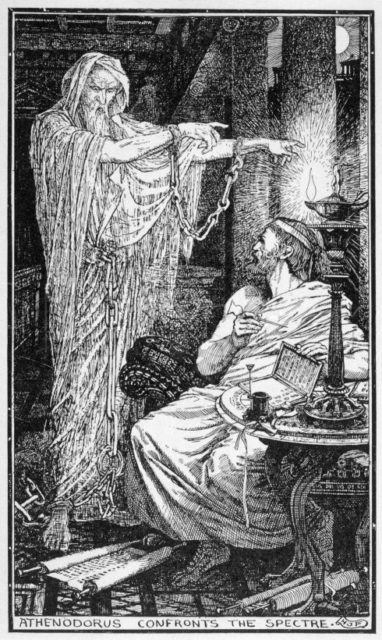
The apparition had lured him to the courtyard where it disappeared, and Athenodorus allegedly marked the vanishing spot. The next day, he had requested the spot dug up, where a skeleton of an old man bound with chains was discovered. The skeleton was then given a proper burial and the ghost never appeared again.
Read another story from us: 9 of the most haunted places in the United States
As surprisingly as it seems, it turns out that even the first haunted house story is accorded to ancient Greece. Other older tales, such as the tale of Ali the Cairene and the Haunted House in Baghdad, can also be found in the Arabian Nights.
